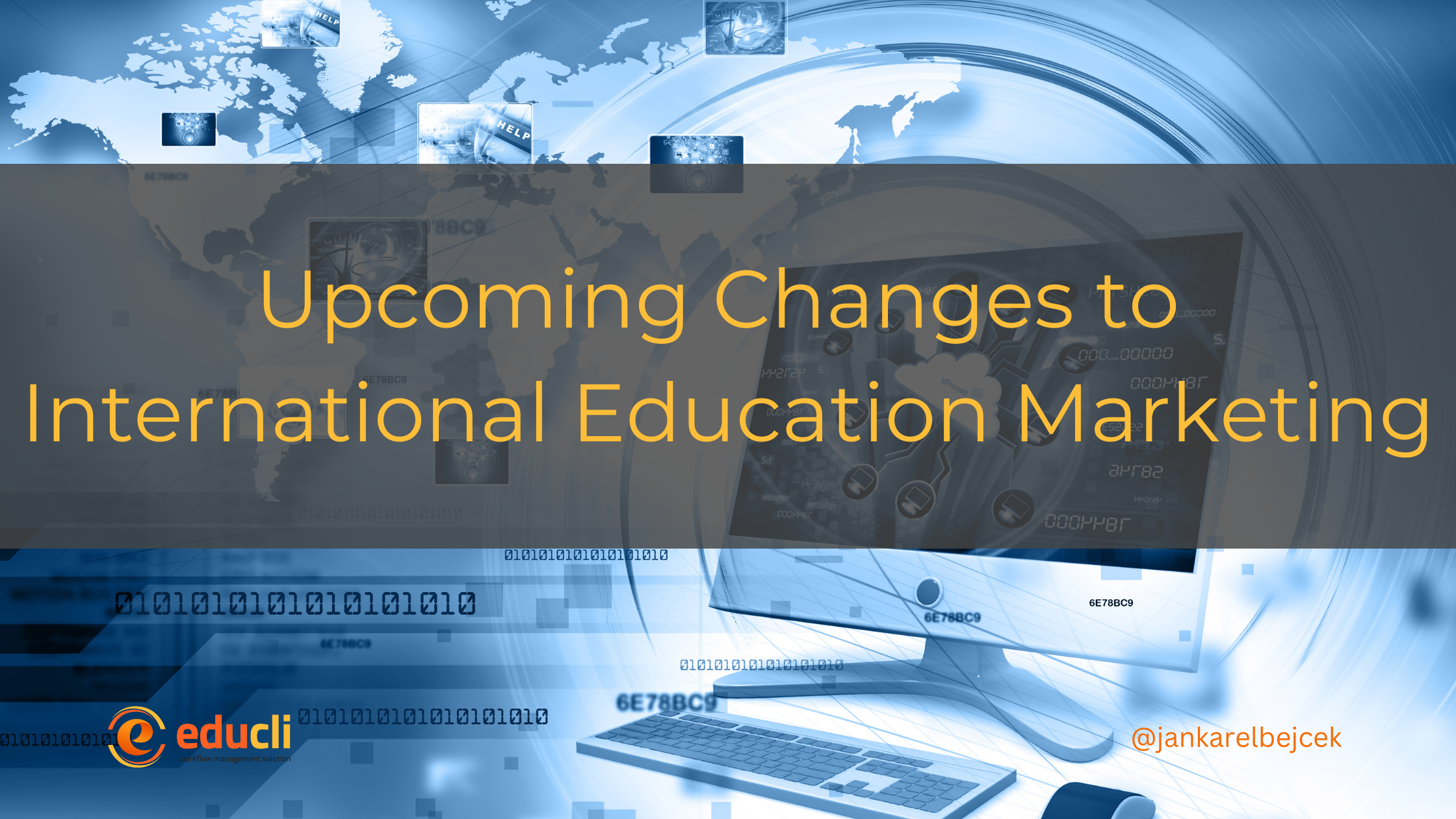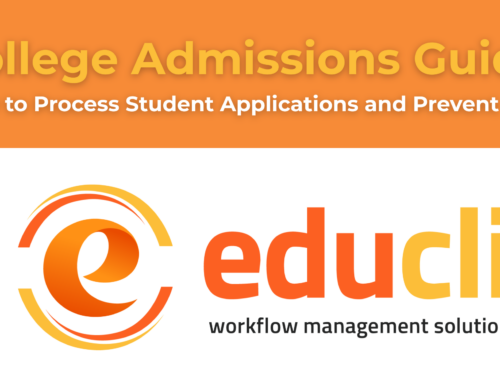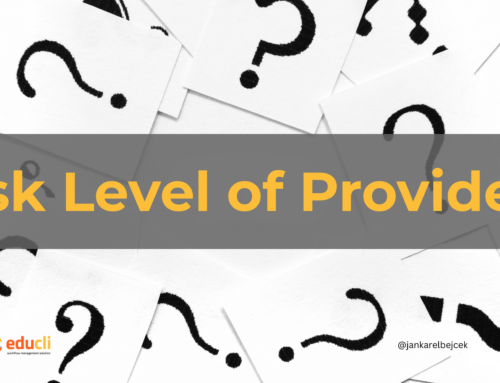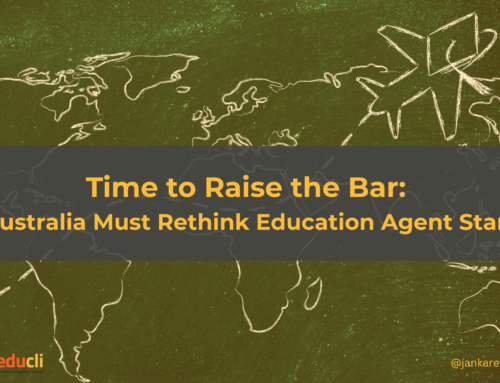Technological advancements and changing regulations are driving a dynamic shift in the landscape of international education marketing. As we progress further into the 21st century, the approach that is taken to marketing education on a global scale is undergoing a transformation in order to accommodate emerging tendencies and tools.
Savvy Students and Online Content
The students of today are extremely knowledgeable when it comes to learning how to locate information on the internet. They heavily rely on online content to make informed decisions about their educational pursuits. Acknowledging this fact, educational institutions are concentrating their efforts on developing online content that is both more compelling and informative. Virtual tours, webinars, interactive websites, and online forums are all examples of this type of learning environment that allow students to connect with their classmates and teachers.
Leverage of Social Media
Social media has completely transformed the way educational institutions communicate with prospective students. The reliance that we have on these platforms is going to increase even further in the years to come. The use of social media platforms such as Facebook, Instagram, TikTok and the X is rapidly becoming an indispensable instrument for communicating with people all over the world.
Rise of Influencers in Education Marketing
Influencers in the fashion and lifestyle industries extend beyond these two categories. Education providers should be working together with influential individuals in order to communicate with prospective students. The institution becomes more approachable and appealing to prospective students as a result of the sharing of personal experiences and insights by these influencers, who are frequently students or alumni themselves.
Emphasis on Posts and Blogs
Content marketing, in particular through the use of blogs and posts, is becoming an increasingly important strategy in the field of education marketing. In an effort to attract and engage prospective students, educational institutions are producing content that is more selectively targeted and informative. Blogs and posts like these frequently cover a wide variety of subjects, ranging from the specifics of classes and the facilities on campus to student life and potential career paths.
Community Building and Presentation
When it comes to international students, there is a growing emphasis on fostering a sense of community and presenting an image that is welcoming to them. In addition to providing students with an education, educational institutions also provide students with an experience and a community. Taking this approach entails the creation of platforms that encourage interaction between current and prospective students, the sharing of experiences, and the formation of networks such as Educli.
Integration of AI
The sophisticated artificial intelligence language models of AI are currently making their way into the field of international education marketing. This technology is being utilised by educational institutions in order to facilitate instant communication with students, thereby supplying them with comprehensive information and responses to any questions they may have. The capacity of AI to comprehend and respond in a number of languages makes it an extremely useful instrument for interacting with a diverse student body that is comprised of international students.
In summary, the landscape of international education marketing is evolving rapidly, driven by shifting student behaviours, technological advancements, and regulatory changes. A new industry standard is emerging, and providers who leverage technology effectively will have a competitive edge over those who do not.
#internationaleducation #studyabroad #smaa #onlinemarketing #educli





Leave A Comment